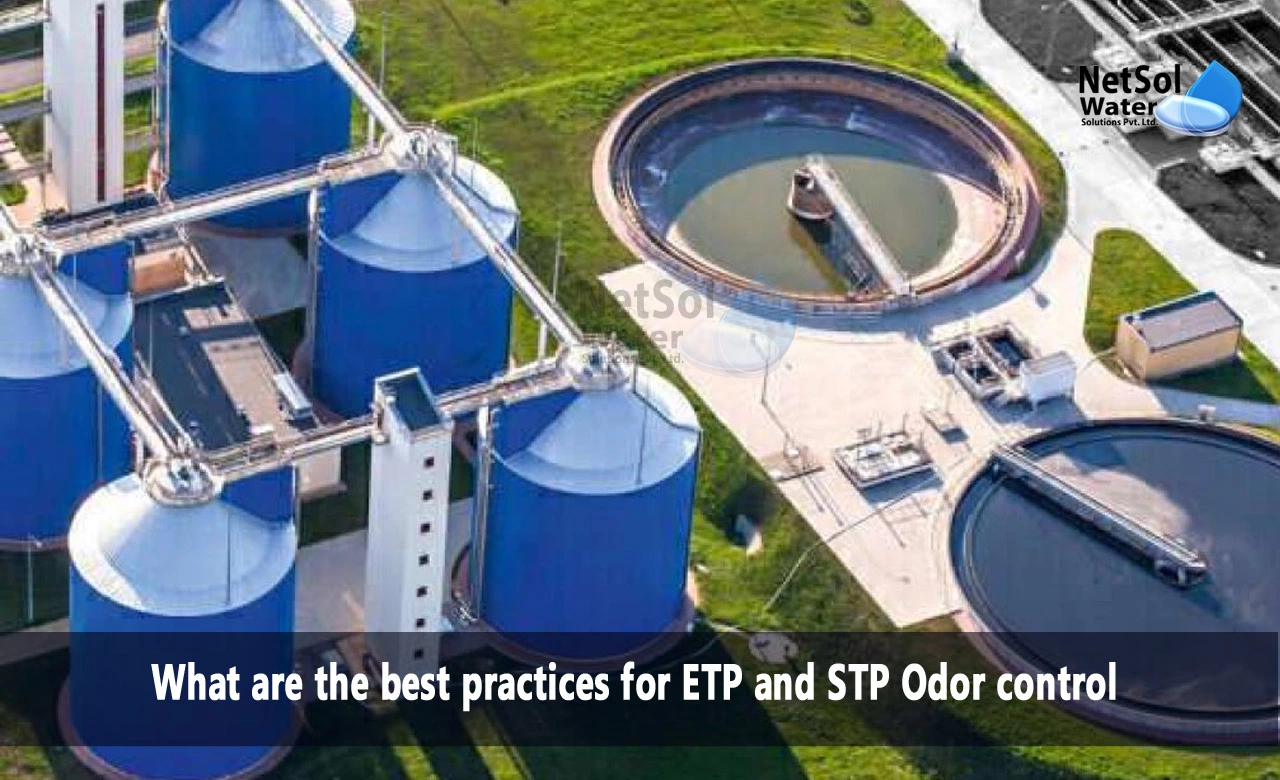What Are the Best Practices for ETP and STP Odor Control?
Effluent Treatment Plants (ETPs) and Sewage Treatment Plants (STPs) play an essential position in treating and purifying wastewater to guard the environment and public fitness. However, they may be frequently related to filthyodours that can be a supply of nuisance and subject for nearby groups. Adequate odour manipulation is critical to ensure the operation of ETPs and STPs stays environmentally responsible and neighbour-pleasant. In this blog, we can explore the excellent practices for ETP and STP odour control.
Odor Problem
Odors from ETPs and STPs result fromdecomposing natural matter in wastewater. Microbial interest in the remedy techniques generates various gases, which include hydrogen sulfide (H2S), ammonia (NH3), and risky organic compounds (VOCs), that could produce foul smells. These odours may destroy the surroundings and the lavishlifestyles of those dwelling within the region.
Best Practices for ETP and STP Odor Control
1. Source Control
The first and most critical step in smell management is coping with the source of the odors. Effective supply management measures can extensively lessen the need for downstream scent remedies. Some source manipulation strategies consist of:
- Regular upkeep: Implement a strict maintenance routine to make sure the device and infrastructure are in correct working circumstances. Preventing leaks and spillages can assist limit scent resources.
- Minimize odorous waste: Segregate and deal with high-strength or odorous waste streams one at a time to lessen their effect on the treatment technique.
- Reduce organic loading: Optimize remedy strategies to reduce organic loading, as higher organic loads can result in extra odour generation.
2. Chemical Dosing
Chemical dosing is a common approach for controlling odours in ETPs and STPs. Chemicals are added at particular points in the treatment manner to both maskodours or inhibit odour-generating microorganisms. Key chemical substances for odormanage encompass:
- Chemical oxidants: Chlorine, hydrogen peroxide, and ozone can be used to oxidize and eliminate odor-causing compounds.
- Odor neutralizers: Chemicals like activated carbon and calcium nitrate can neutralize odors by chemically reacting with smell compounds.
- Biocides: Some biocides can be used to control the growth of odour-producing microorganisms, even though they have to be used judiciously to avoid ecological influences.
3. Biological Treatment
Biological treatment processes may be used to degrade and do away with odorous compounds. In ETPs and STPs, these procedures consist of:
- Biofilters: Biofilters use microorganisms attached to a filter-out media to break down odor compounds. They are effective for disposing of unstable organic compounds and gases like ammonia.
- Biological nutrient elimination: Properly designed activated sludge and cardio digestion methods can assist in reducing odorous compounds like H2S.
4. Enclosures and Ventilation
Covering open-air treatment devices and implementing proper airflow structures can help contain and disperse odours successfully. Enclosures can prevent the escape of odorous gases, even as adequately designed air flow systems can carry odours away from touchy areas. Proper airflow management is essential to avoid the advent of a smell wallet.
5. Monitoring and Control Systems
Continuous monitoring of smell degrees is critical to gauge the effectiveness of smell manipulation measures. Real-time facts permit operators to make necessary modifications in reaction to alterations in smell generation. Automated management systems can assist in optimising chemical dosing, airflow, and different scent management techniques.
6. Community Engagement
Maintaining an excellent dating with the area people is crucial for the achievement of ETPs and STPs. Open communique, transparency, and network engagement can assist address issues and fostering expertise inodour control efforts. Sharing statistics about odor manipulation measures and seeking remarks from the network can lead to better outcomes.
Conclusion
Effluent Treatment Plants (ETPs) and Sewage Treatment Plants (STPs) are fundamental for preserving environmental and public health requirements. However, addressing the issue of odors is similarly critical to ensure those centres are sustainable and nicely acquired through the communities they serve. By imposing quality practices for odormanagement, which encompass supply manipulation, chemical dosing, biological remedy, enclosures, ventilation, monitoring, and community engagement, ETPs and STPs can limit their environmental impact and keep a pleasing atmosphere for each person concerned. Ultimately, a proactive approach to smell management enhances the general performance and acceptance of these important centres.
Netsol Water is Greater Noida-based leading water & wastewater treatment plant manufacturer. We are industry's most demanding company based on client review and work quality. We are known as best commercial RO plant manufacturers, industrial RO plant manufacturer, sewage treatment plant manufacturer, Water Softener Plant Manufacturers and effluent treatment plant manufacturers. Apart from this 24x7 customer support is our USP. Call on +91-9650608473, or write us at enquiry@netsolwater.com for any support, inquiry or product-purchase related query.



